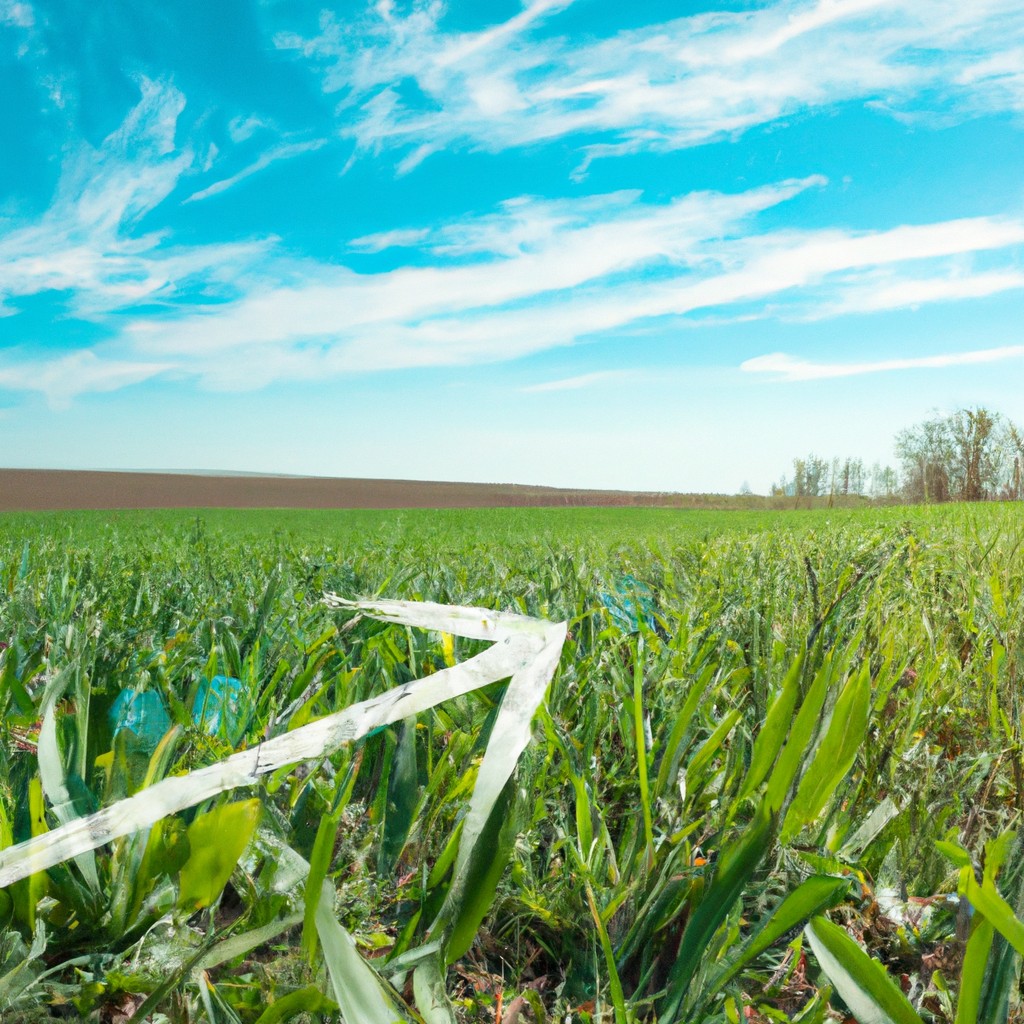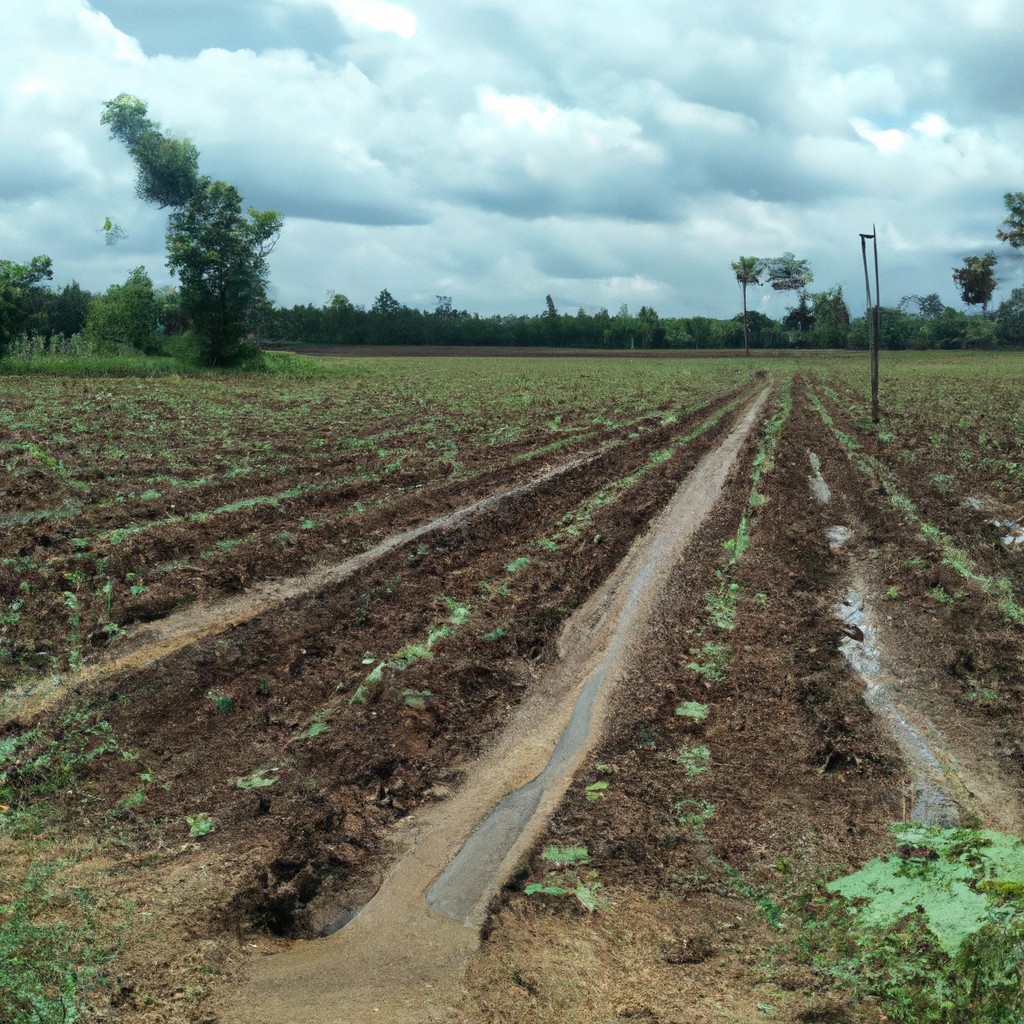This article explains what an agriculture ETF is and how it can play a part in an investment portfolio connected to the farming and food production sector.
Look Inside:
Analysis of Top-performing Agriculture ETFs in the Past Year

Diving straight into the data, some agriculture ETFs have sown seeds of hefty returns over the past year. A standout performer has been one that tracks a basket of commodities, capturing the surge in prices of everything from soybeans to sugar. This fund benefited from favorable weather patterns and increased demand, eclipsing many of its peers.
Another top contender focuses on agribusiness companies. This ETF has thrived by investing in a mix of farm equipment producers, fertilizer giants, and seed innovators. These companies have capitalized on cutting-edge agricultural technologies, boosting the ETF’s growth.
Investors have also seen green shoots in ETFs targeting sustainable farming practices. With a rising appetite for organic produce and eco-friendly farming methods, these funds are finding fertile ground for growth.
Each ETF’s performance ties closely to different variables like commodity prices, technological advancements, and consumer trends. By understanding these factors, investors can better grasp why certain agriculture ETFs outperform and how they might fit into their financial landscape.
Understanding the Risks Associated With Investing in Agriculture ETFs
As with any sector-specific investment, agriculture ETFs carry their own set of risks that should be considered. Weather patterns play a central role in farming success and, consequently, can affect crop yields. ETFs focused on agriculture might see significant fluctuations due to droughts, floods, or other climate-related events.
Market volatility is also a factor. Commodity prices can swing wildly based on changes in supply and demand. These changes might be driven by global economic developments, trade policies, or shifts in consumer preferences, such as an increased demand for organic products.
Furthermore, agriculture ETFs are susceptible to regulatory changes. Legislation regarding land use, subsidies for certain crops, or environmental regulations can all impact the agriculture sector’s profitability and market performance.
Lastly, advancements in technology can be a double-edged sword; innovations in agriculture, such as genetically modified organisms (GMOs) or precision farming, could render some traditional farming methods obsolete. While this may benefit some ETFs by improving efficiency and crop yields, others invested in more traditional or organic farming methods could find themselves at a disadvantage.
Investors should consider these factors, evaluating how they align with their risk tolerance and investment goals before adding agriculture ETFs to their portfolios. Easier said than done, but keeping an eye on the weather forecasts, policy changes, and tech advancements will keep you a step ahead in the game.
The Impact of Global Agriculture Trends On ETF Performance
Global trends in agriculture wield significant sway over ETF performance, essentially because these funds are entwined with the commodities and companies within the sector.
Climate change stands front and center, influencing crop yields and, by extension, the prices of agricultural goods. Hotter temperatures and unpredictable weather can cause volatility in the market, with ETFs feeling the ripple effect.
Technological advancements, such as precision farming and genetically modified crops, also play a pivotal role. As the sector evolves, companies leading the charge may boost the value of ETFs focused on innovation and sustainability.
Trade policies and international relations can’t be ignored either. Tariffs and trade agreements alter the flow of goods and the cost of agricultural commodities, thus impacting ETFs that track these markets.
Lastly, consumer preferences are shifting towards organic and sustainably sourced products. ETFs linked to companies that adapt and thrive in this changing landscape stand to benefit from increased consumer spending in these areas.
Understanding these links between global trends and ETF performance can guide investors to make informed decisions in the dynamic landscape of agricultural investment.
How to Include Agriculture ETFs in a Diversified Investment Portfolio
Diversifying your investment portfolio is like making a stew – a pinch of this, a dash of that, and suddenly, you’ve got a robust flavor that withstands the test of various taste buds. Including agriculture ETFs is adding that fresh herb that could make your stew stand out. Here’s the lowdown:
Consider your current investment spread – just how many tech stocks or bonds are crowding your plate? Agriculture ETFs serve as an alternative, balancing your exposure to different market sectors. It’s like not putting all your eggs in one basket – or one type of stock, in this case.
Next, evaluate market conditions and growth potential within the agriculture sector. Think about long-term trends such as population growth, dietary changes, and biofuel demand. Like a farmer assessing the right time to sow seeds, timing matters for catching the ETF’s growth phase.
Keep an eye on the fees. Every ETF comes with its own set of costs, and they can nibble away at your returns like a rabbit in a veggie patch. Opt for those with lower expense ratios to keep more of the greens in your pocket.
Lastly, don’t forget about liquidity. You’ll want the freedom to trade easily, just as a gardener needs to freely access water for their crops. ETFs with higher average volumes are typically easier to buy and sell, helping you stay nimble in the market.
By peppering agriculture ETFs into your portfolio, you’re diversifying across industries, potentially safeguarding against volatility while still positioning yourself for growth. And that’s a recipe for success any investor would find appetizing.




